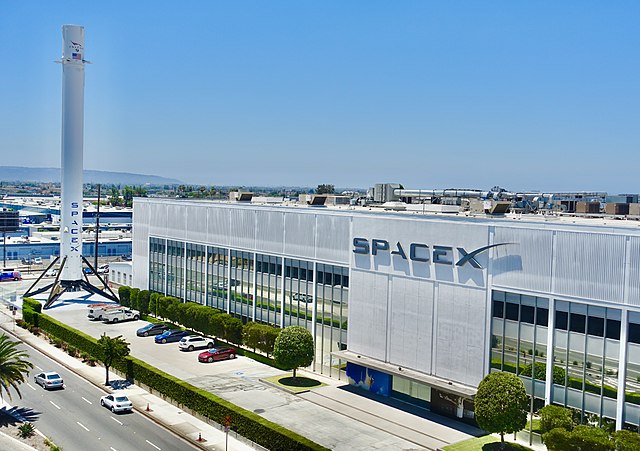On Monday, SpaceX launched 21 upgraded “V2 Mini” Starlink Internet satellites from Florida’s Cape Canaveral to expand the network’s capability.
At 6:16 p.m. EST, SpaceX tweeted “Liftoff!” with a picture of the Falcon 9 rocket taking off from platform 40 against the backdrop of the setting sun. Earlier on Monday, the flight was postponed so that radiation levels could decrease after a solar storm.
Falcon’s first stage had successfully landed on the drone ship dubbed A Shortfall of Gravitas, which was stationed in the Atlantic Ocean, nine minutes later, according to a tweet from SpaceX.
Just one hour after launch, Space X tweeted, “Deployment of 21 Starlink V2 Mini satellites verified.”
According to SpaceX, the new “V2 Mini” Starlink satellite model has “four times the communications capacity of early versions of Starlink satellites, known as Version 1.5.”
This enables Starlink to join millions more people worldwide with high-speed Internet while also delivering more bandwidth with improved reliability, according to SpaceX.
Less than 24 hours after the launch of the manned Crew-6 Mission to the International Space Station was delayed, SpaceX successfully launched a satellite on Monday.
Due to a problem with the Falcon 9’s ignition system, NASA and SpaceX were supposed to launch a Falcon 9 rocket from Cape Canaveral at 1:45 a.m. on Monday, topped by the Dragon Endeavor spaceship.
Download The Radiant App To Start Watching!
Web: Watch Now
LGTV™: Download
ROKU™: Download
XBox™: Download
Samsung TV™: Download
Amazon Fire TV™: Download
Android TV™: Download

